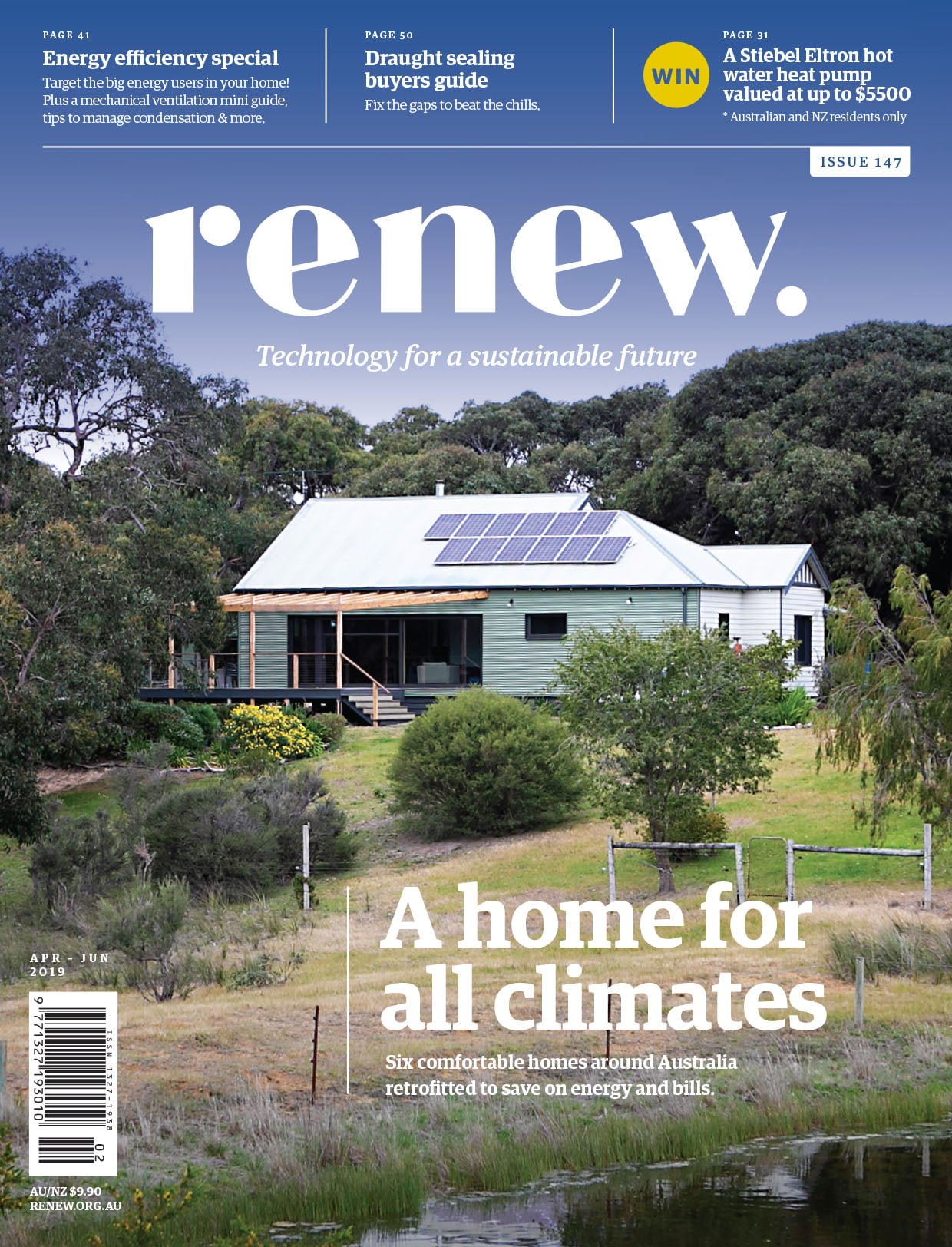EVs everywhere, and not just cars!
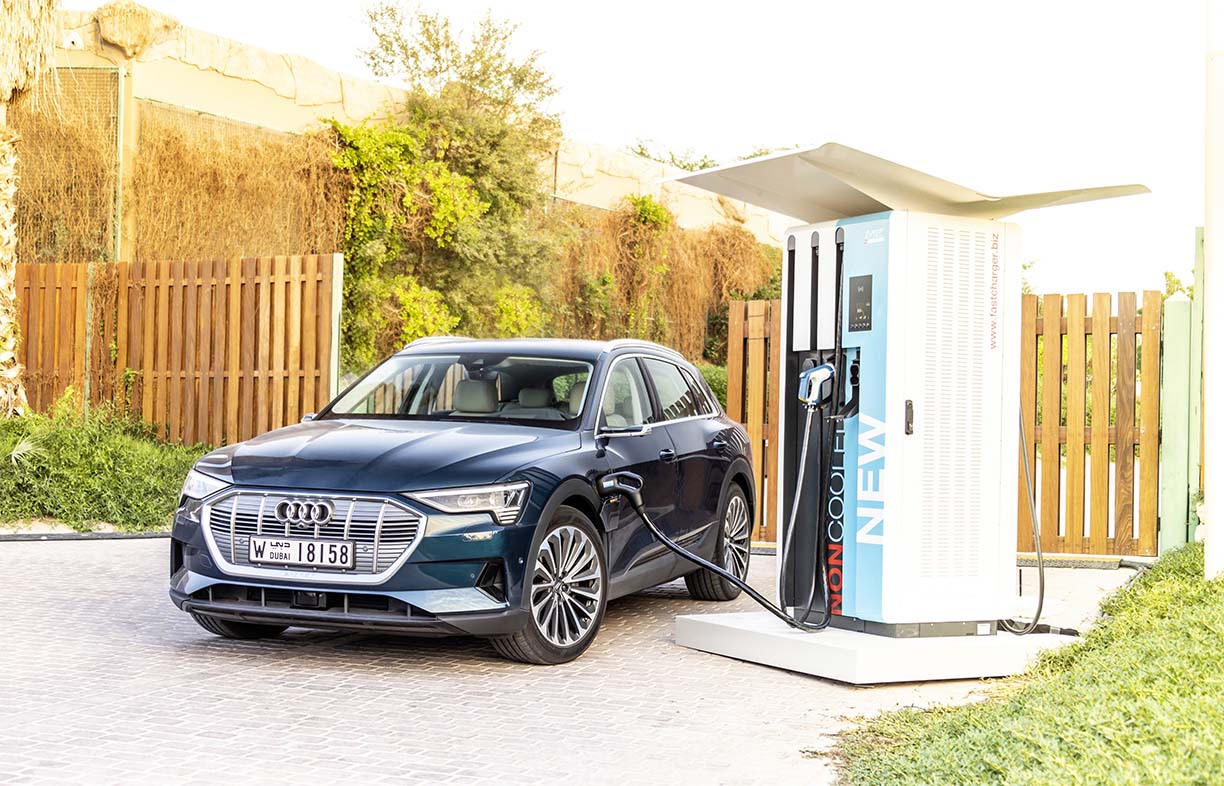
The move to electric transport, in all its forms, is now well under way and 2019 is shaping up to be a very exciting year indeed. Bryce Gaton explains.
It’s not just electric cars that are making the news; EVs of all types are popping up everywhere. So what can we expect to see in the coming years as transport electrifies and becomes cleaner and quieter?
In the air
Boeing recently successfully completed the first test flight of its autonomous electric passenger air vehicle (PAV) prototype, while 2018 saw the qualification of the electric BlackFly VTOL (vertical take-off and landing) aircraft as an ultralight for use in the US. (The BlackFly is now available for sale there; see: www.opener.aero)
In addition, 2018 saw the Pipistrel Alpha Electro all-electric light aircraft become available for sale here in Australia (electro.aero).
On the water
After several years of operation, the first all-electric ferries (the Ampere in Norway, launched in 2015, and the Elektra in Finland, launched in 2017), are continuing to rewrite the book on ferry operations. In particular, the Ampere produced data in 2018 to show the all-electric ferry cut emissions by 95% and costs by 80%, all with much lower noise. Latest reports suggest that another 50 have been ordered from their Norwegian manufacturer, Fjellstrand Shipyard, who builds them in conjunction with Siemens and Corvus Energy.
Electric motors for small boats are also becoming a ‘thing’: for example a small ‘picnic’ boat hire business is now operating a fleet of EV hire boats out of Melbourne’s Docklands (goboatmelbourne.com.au) and specialist EV motor suppliers are opening here offering electric boat motors (e.g. bbelectricboat.com, see Products this issue).
On two (and three) wheels
Australian manufacturer Fonzarelli has added a third, higher-performance scooter to its moped range in Australia and Australia Post has ordered 1000 three-wheeled electric delivery vehicles for its fleet.
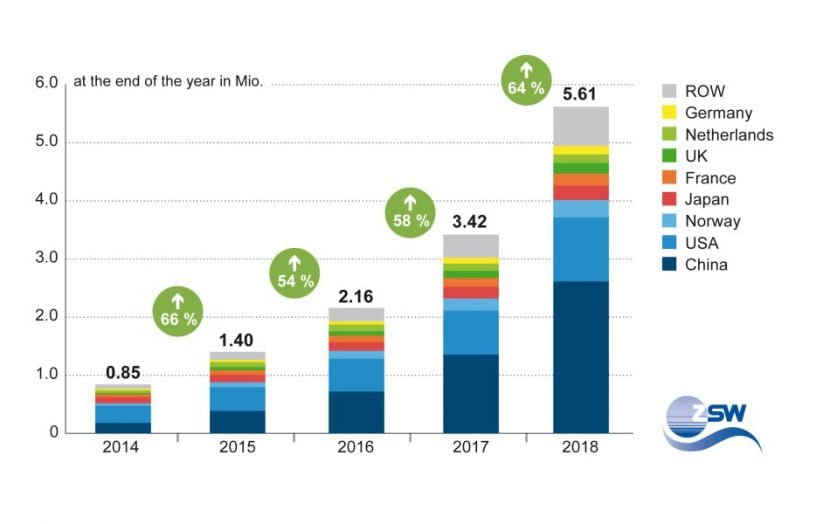
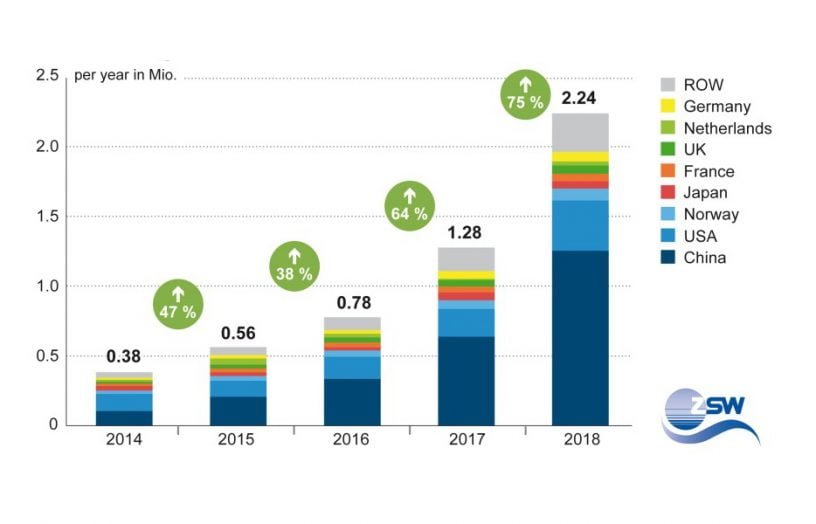
On four wheels
Electric car sales are soaring, while fossil-fuelled internal combustion engine (ICE) vehicle sales around the world dipped in 2018 from their post-GFC peak in 2017. Even sales of plug-in hybrid EVs (PHEVs; these are vehicles which include both an electric motor and an ICE engine but can be plugged in to charge their battery if desired) have declined as a proportion of overall EV sales; BEVs (battery electric vehicles) are now taking a larger share as battery technology matures, battery production ramps up and prices per kilowatt-hour fall.
In fact, it may well be that the next stage of the EV revolution has begun. Electric vehicles are currently rolling into mainstream showrooms and selling at a pace that the salespeople of ICE vehicles could only wish for. As ICE sales fell in Europe by 0.23%, China by 6% and Australia by 3%, EV sales around the world rose by a staggering 75%. Even Australia, with its dearth of model choices, recorded about a 10% increase in EV sales compared to 2017, seeing around 2700 new EVs hit the road in 2018.
Based on this increase, the world EV fleet (cumulative EV sales giving the total number of EVs on the road) rose 64% from its 2017 level to 5.61 million vehicles by the end of 2018.
More worrying for ICE vehicle manufacturers is the desperation that EV buyers are showing to get their hands on a new EV, just as ICE sales are starting to fall. Remember the hype around Tesla Model 3 reservations when they opened in March 2016? Orders reached 450,000 or more, with the cars now rolling out of Tesla’s Freemont factory at a rate of around 5000+ per week.
Well, that clamour has repeated for the Nissan 3.ZERO, Mercedes IQ, Porche Taycan, Audi e-tron, Hyundai Kona and Jaguar I-Pace. People are putting down significant deposits for vehicles that, in some cases, may not be delivered until 2020 or beyond. As an example, Nissan allocated 4500 of their Leaf 3.ZERO e+ to Europe for 2019, with deliveries to start in June this year. The Leaf 3.ZERO e+ was announced in January this year and will have the long-awaited 62 kWh battery and a 385 km WLTP/350 km real-world range (WLTP is the ‘worldwide harmonised light vehicles test procedure’, more realistic than the old NEDC European standard, but still slightly optimistic). Within a month of the announcement, European deposit holders had taken up over 3000 of these allocations. Meanwhile, there have reportedly been 20,000 deposits placed worldwide for the all-electric Audi e-tron, a dual-motor AWD with a 400 km WLTP/370 km real-world range, due in 2019.
So what EVs will we see in Australia in 2019? As mentioned above, the Australian-made Fonzarelli X1 scooter is now available—reportedly with a waiting list already! As for those after more conventional four-wheeled transport, the rush to come to market in Australia began late in 2018 with the arrival of the Jaguar I-Pace, as well as the Hyundai Ioniq range. The Ioniq range includes hybrid, plug-in hybrid and full electric versions. The full-electric Ioniq is reportedly selling the best of all the three. Also from Hyundai, the first Kona electric EVs are currently arriving on our shores, with deliveries to start very soon. There are also rumours that the Kia e-Niro (a slightly larger version of the Kona electric) will be released here late this year. More certain electric releases in Australia are the Audi e-tron in Q4 and, of course, the most anticipated of them all, the Tesla Model 3 (finally!).

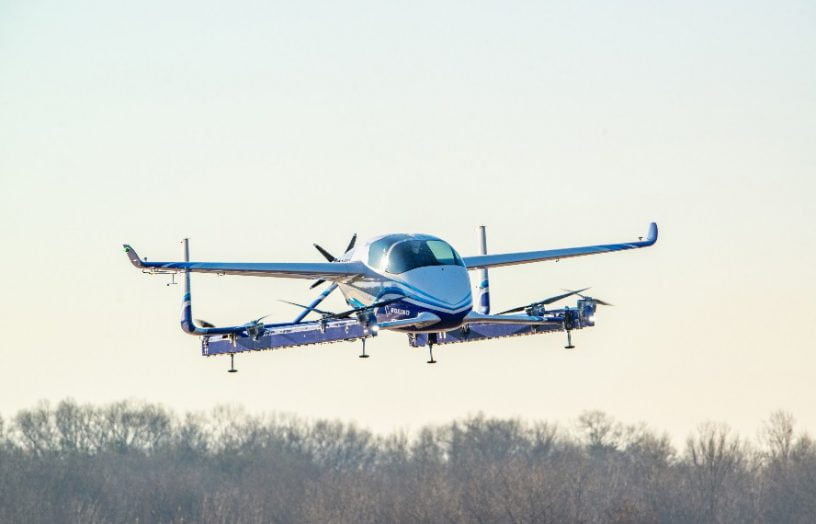
Sales of the Model 3 outside of North America finally began in January this year, with deliveries to China and the left-hand drive markets of Europe. Right-hand drive production of the Model 3 is also not far off: the Tesla configurator tool for right-hand drive UK reservation holders is to open in one to two months, with the Australian configurator to follow soon after. Deliveries of the Model 3 to Australia should begin in Q3 or early Q4 this year.
The arrival of the Model 3 in Europe will also give the long-running top EV sales holders in Europe and the world a serious fright. The Renault Zoe has held the top spot in Europe for yearly sales from 2015 to 2017 with the Nissan Leaf 2.ZERO pipping it in 2018 at 38,740 sales versus 37,782 Zoes. Nissan also holds the record for highest worldwide sales of any modern EV; to the end of 2018, more than 380,000 Leafs have been sold. However, at a production rate of 5000 or more Model 3s a week (and reportedly to rise to 8000 a week very soon, followed by completion of Gigafactory 3, slated to begin churning out Model 3s in China before the end of this year), Tesla will more than likely blitz those numbers with the Model 3 by the end of 2019.
So what other announcements are likely to come in 2019? The biggest is likely to be the Tesla model Y, expected to be formally revealed this March. The Model Y will be a crossover SUV based on the Model 3 (in the way the Model X is based on the Model S platform). Elon Musk (founder and head of Tesla, though not its chairman anymore) predicts the Model Y will be an even bigger seller than the Model 3. If that is to be the case, he had better get a move-along securing the locations for Gigafactories 4 and 5 (4 is most likely going to be in Europe … and some very speculative rumours promote Australia as a potential location for Gigafactory 5).
And there are many more announcements expected. Mercedes is due to release the specification of its EQ EV range this year (with sales beginning in 2020). VW will start showing production-ready versions of its EVs based on the new MEB (Modularer Elektrobaukasten) modular electric platform, used in models of Audi, SEAT, Škoda and Volkswagen, for release ‘soon’ (supposedly 2020: but how many times have we heard that in relation to EVs?). And Rivian (an American start-up that is startling the pundits almost as much as Tesla did when it started) will release pre-production versions of its all-electric R1T ute and R1S SUV; they have already shown production prototypes of the R1T, and both are due for sale in late 2020/early 2021.
For those who have yet to put in a reservation on one of the battery electric vehicles arriving soon, it may end up being a while before you can get your hands on one. The current battery production bottleneck is predicted to only get worse as demand for BEVs continues to rise and rise!
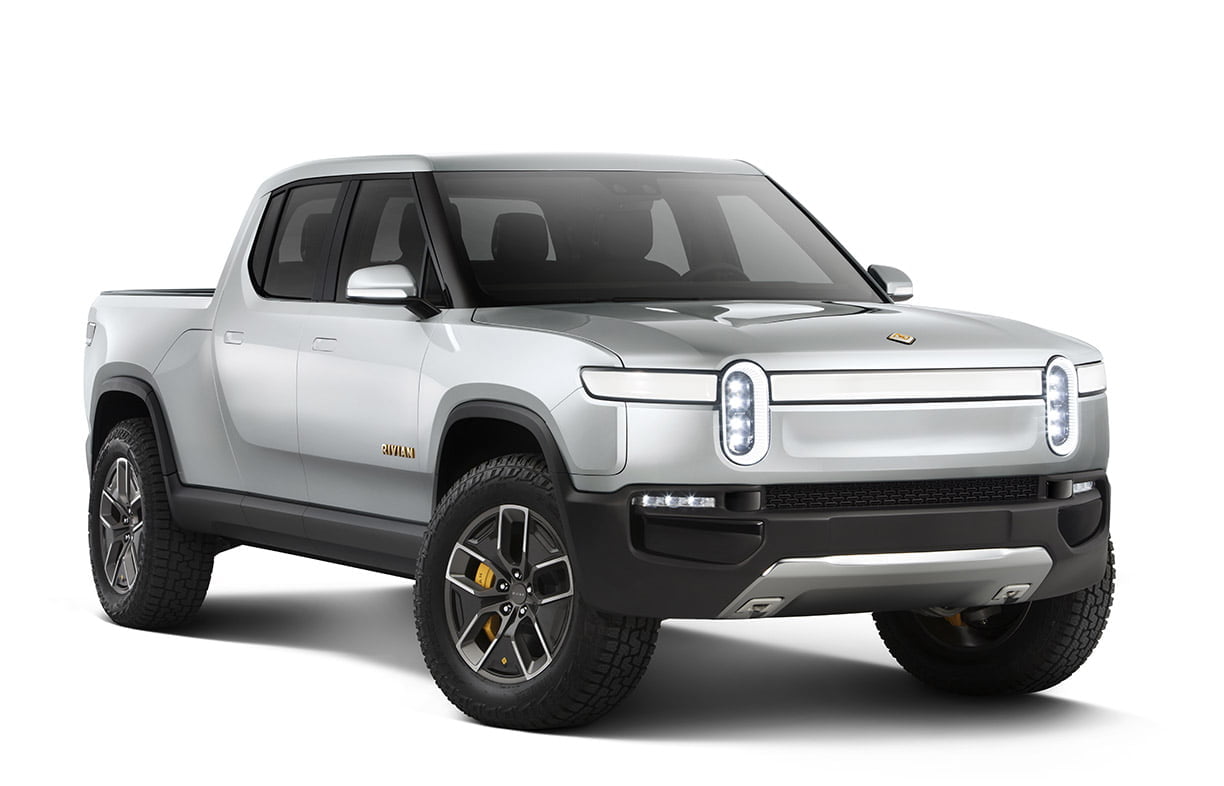
Further reading
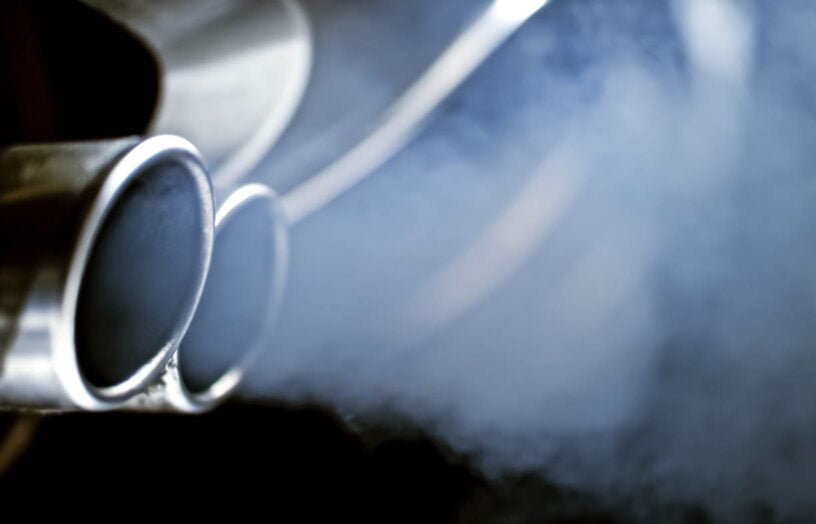 Transport & travel
Transport & travel
Petroleum is fast becoming a dirty word
John Hermans explains the negatives of the petroleum industry.
Read more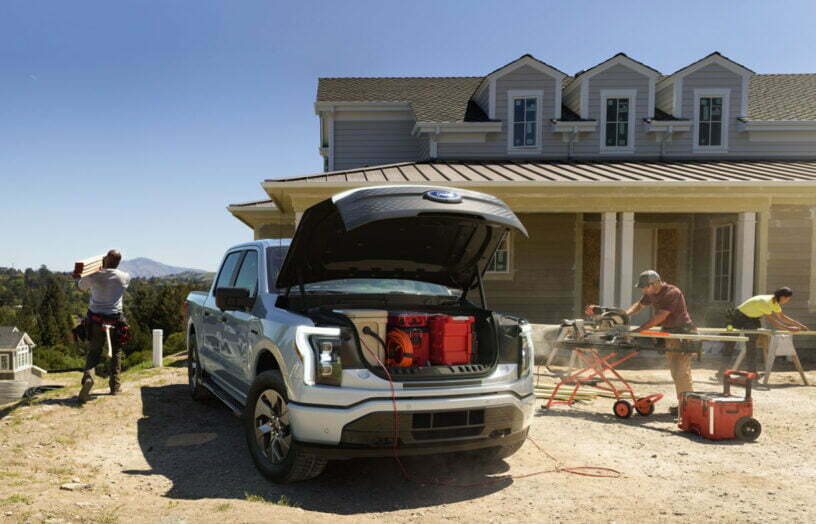 DIY
DIY
Bring on the electric ute
Bryce Gaton asks, will 2023 be the Australian ‘Year of the electric light commercial vehicle’?
Read more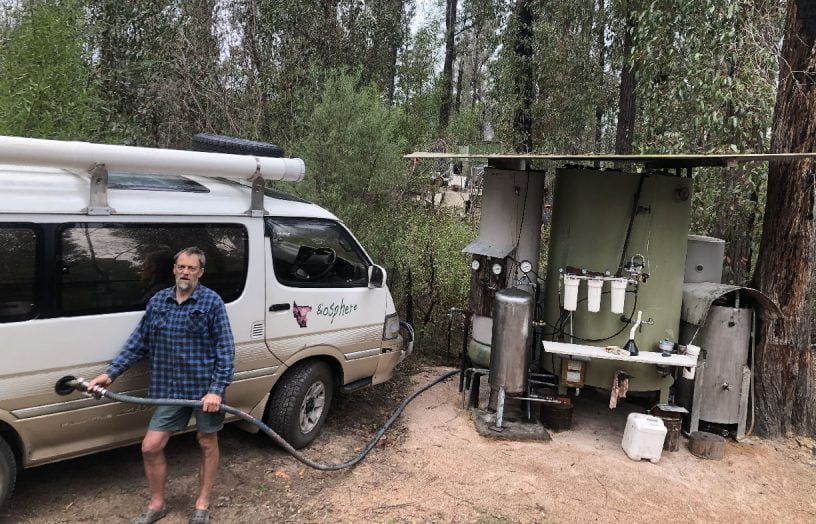 Transport & travel
Transport & travel
Biofuel vs battery
John Hermans gives his opinion on the best power source for electric vehicles.
Read more

